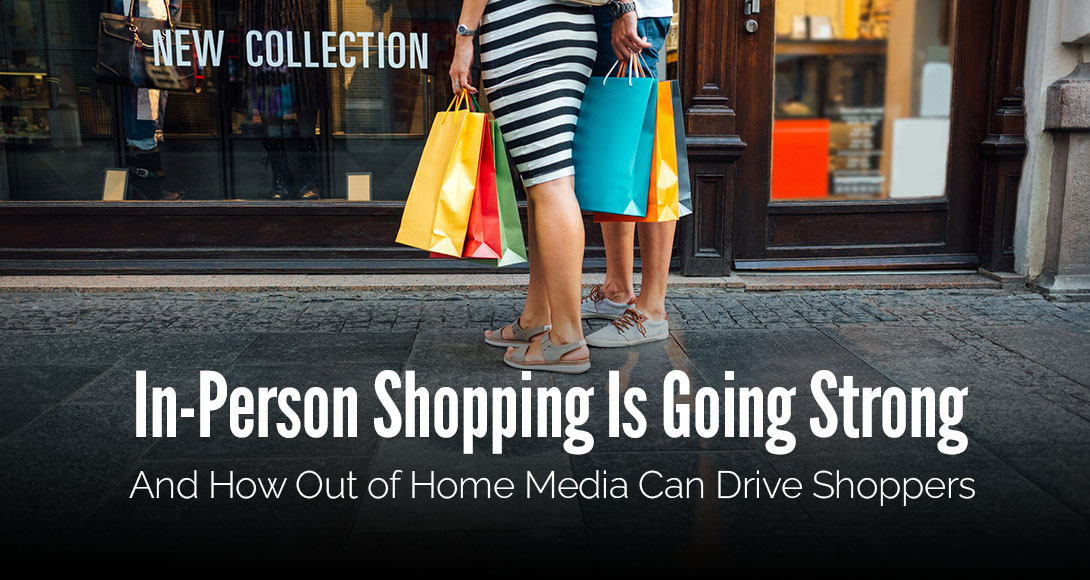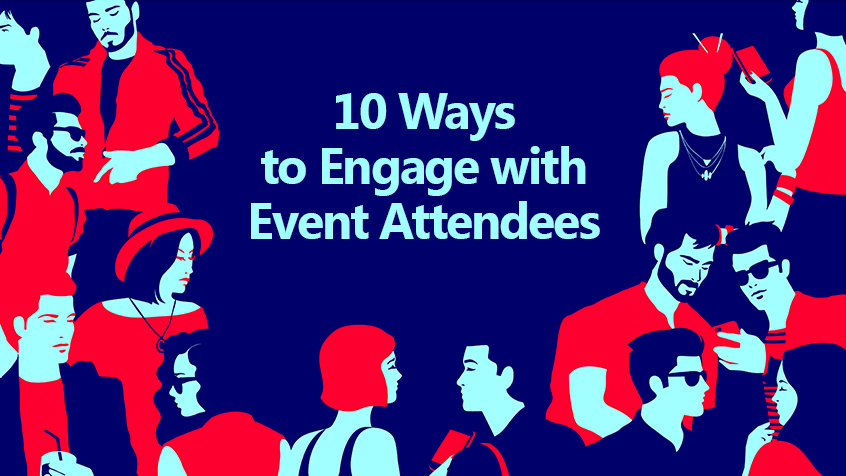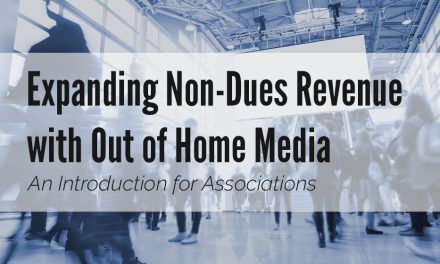In-person shopping is dead. Right? It’s a dinosaur, as archaic and useless as cuneiform tablets, powdered wigs, and flip phones. Or is it? As marketers spend huge amounts of time (and money) addressing the online world are we neglecting an important commerce channel, and, just as importantly, how to drive business growth in that channel?
As e-commerce numbers soar, one might wonder: Is the era of in-store shopping fading, or is it more resilient than we think?
Where are consumers spending their money?
E-commerce sales are expected to grow 10.4% in 2023!
The global e-commerce market is expected to total $6.3 trillion in 2023!
By 2026, the e-commerce market is expected to total over $8.1 trillion!
79% of shoppers shop online at least once a month!
The sky is falling!
The British are coming!
If you only followed the headlines in the advertising and marketing trades, you could be forgiven for thinking that e-commerce has taken over the world. But hold on a minute, has it really? What do all those hyperbolic headlines mean when we put some context to them?
In reality, e-commerce accounted for only 15.1 percent of total U.S. retail in the first quarter 2023; some predictions say it will net out around 16% for the year.
Now, I’m famously bad at math – but I’m pretty sure that means about 84% of shopping is done in-store. Is e-commerce growing? Of course. Will it continue to grow? Obviously, however, some experts suggest that it may max out at a saturation of around 20%. Even if that’s off by quite a bit, it still means that a lot of shopping will continue to happen in stores.
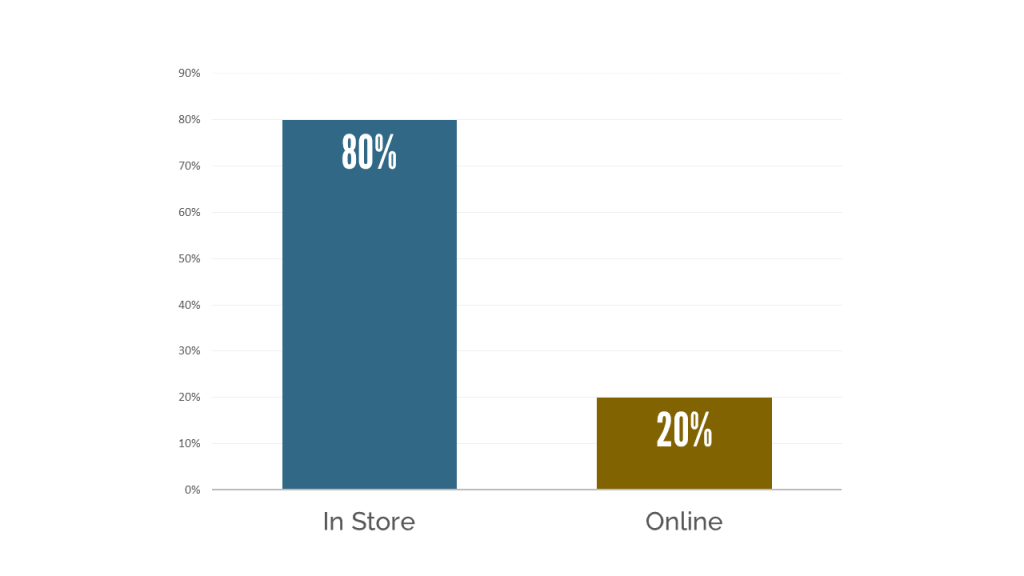
(I feel like this chart should have a muppet explaining the concepts of “big” and “small”)
And while the media is full of the stories of major retailers pulling up stakes, lingering in futile limbo or going down in flames, the news is not all doom and gloom. Overall, U.S. retailers have 3 times as many store openings as store closures planned for 2023.
We live near a college town, and over the last few weeks, as the students returned in droves, a certain friendly neighborhood big box retailer with a familiar red logo was packed to the gills. Every register was running (with real people) with lines five and six deep and shopping carts packed to overflowing. Anecdotal evidence, to be sure, but I’m willing to bet that same scene played out at quite a few retail centers across the country.
The draw of in-person shopping is strong enough that even many digitally native DTC brands are opening brick-and-mortar locations. The long-time poster child for the online-only model, Warby Parker, has opened numerous locations, and plans to open more.
“At the end of 2022, Warby Parker had 200 stores across the U.S. and Canada, generating 60% of the company’s total sales. Long term, they are looking to expand to at least 900 U.S. stores. Why? Warby Parker executives said that when a company opens a physical location, online sales in the area roughly triple.”
When these brands open retail locations, they see numerous benefits. They drive sales on their own but also increase online sales in that area. Also, it is becoming more difficult and expensive for brands to break through in the digital ecosystem, particularly when trying to find new customers.
Even the erstwhile, much-maligned, and oft-pronounced-dead mall is mounting something of a comeback. Foot traffic is up 10-12% over 2019, and occupancy rates for mid to high-end malls are 89% and 95%, respectively. Will they ever return to their heady heyday of the 1980’s? No. And having survived it, that’s probably a good thing. But they will continue to evolve and adapt as centers for socialization, entertainment, dining, and shopping. The smaller local malls will drop off, but the concept will remain.
In-Person Shopping Is Strong Across Key Demographics:
When we think about where to apply marketing budgets, it’s important to consider who, where, and when. We’ve established that people are still shopping in stores, but who is spending the money?
It’s all too common for marketers to fall prey to “shiny object syndrome.” For the last few years, we’ve been fixated on how to reach millennials. Now that is shifting to how to reach Gen Z. But is that really where we should apply our efforts?
Where does the most buying power reside?
Right now, the greatest share of economic power resides with the Baby Boomers. This makes sense; they’ve had the most time to amass financial resources, and they’ve lived through some of the most significant periods of economic growth. In second place is Gen X, which, while smaller overall, still makes sense. Between them, they control somewhere around 70% of the economic power in the U.S.
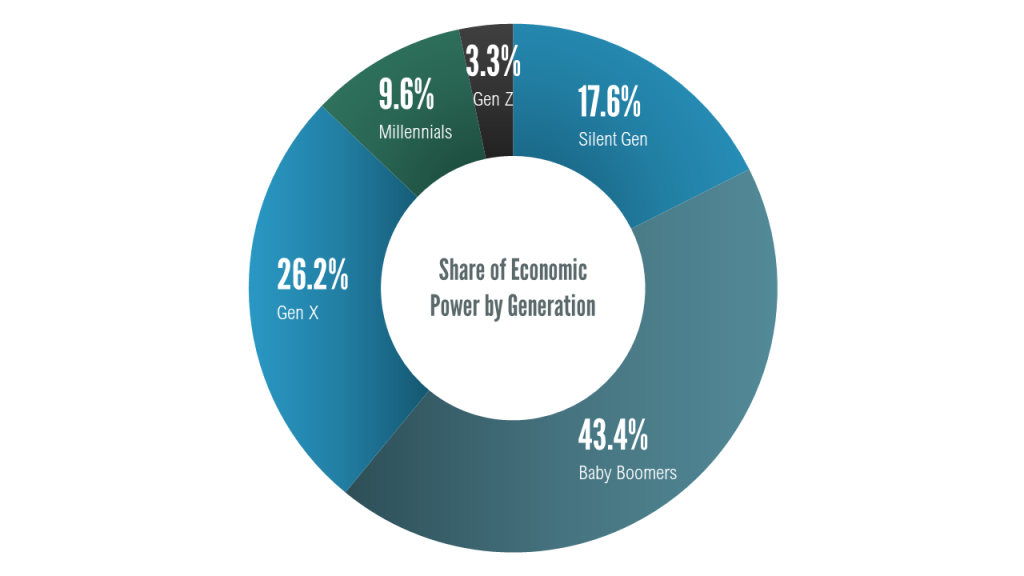
And where do these generational cohorts like to do their shopping?
We are all most comfortable with the paradigms in which we were raised and tend to stick to patterns that are familiar and paths that are easy. While they have both adapted to and adopted online mobile and social shopping, they both still prefer an in-person shopping experience. 81% of Baby Boomers and 73% of Gen X prefer shopping in stores.
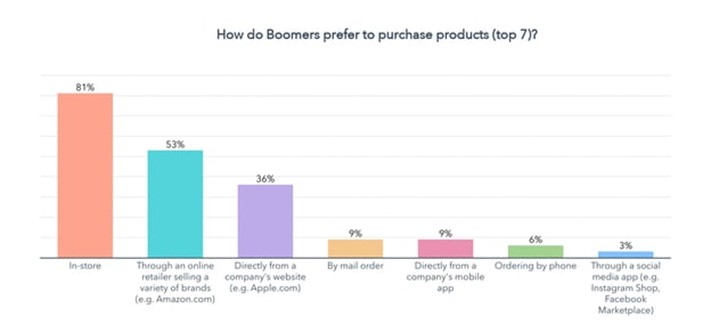
Yes, they shop online, but they prefer in-person shopping.
So, just to make sure we are clear… the people who control the vast majority of economic power overwhelmingly prefer shopping in stores.
That seems important.
But, just for a moment, since we are all fixated on Gen Z right now, let’s look at them as well. They are the digitally native generation, even more so than millennials, for whom iPhones were an epiphany. They have grown up with smartphones and tablets and social media and are on their devices from dawn to dusk. So, they must do all their shopping there too, right? Well, yes… but also…no.
It turns out that Genz Z likes in-person shopping as well. According to the ICSC 73% of Gen Z have visited a mall in the last month. Go figure. Next thing you know, they’ll be playing Pac-Man and putting shoulder pads in oversized jackets. We’ve already set the hook with some classic 80s music.
What in-store shopping has to do with Out of Home Media:
Okay, so you knew it would come back to Out of Home. It is an OOH blog after all, so you should probably have realized that’s where the train was headed before you got on.
But it’s pretty obvious, right?
80% of shopping is still taking place in stores, and 40% of the population who controls 70% of the buying power prefer shopping in stores.
Now, this may seem like a silly question, but… How do people get to those retail locations?
Don’t all answer at once.
I’ll wait…
Unless someone has invented Star Trek “transporters” to teleport people instantaneously from place to place (and if they did and no one told me, I’m gonna be kinda ticked off), they have to leave their homes. They have to drive, or walk, or take the bus, or ride their bike. But no matter how they get there, they travel outside the home. And what media is ideally suited to reach those consumers traveling outside their homes?
Out of Home can reach consumers directly on their path to in-person shopping. Often, it is the last media that consumers will encounter on their journey.
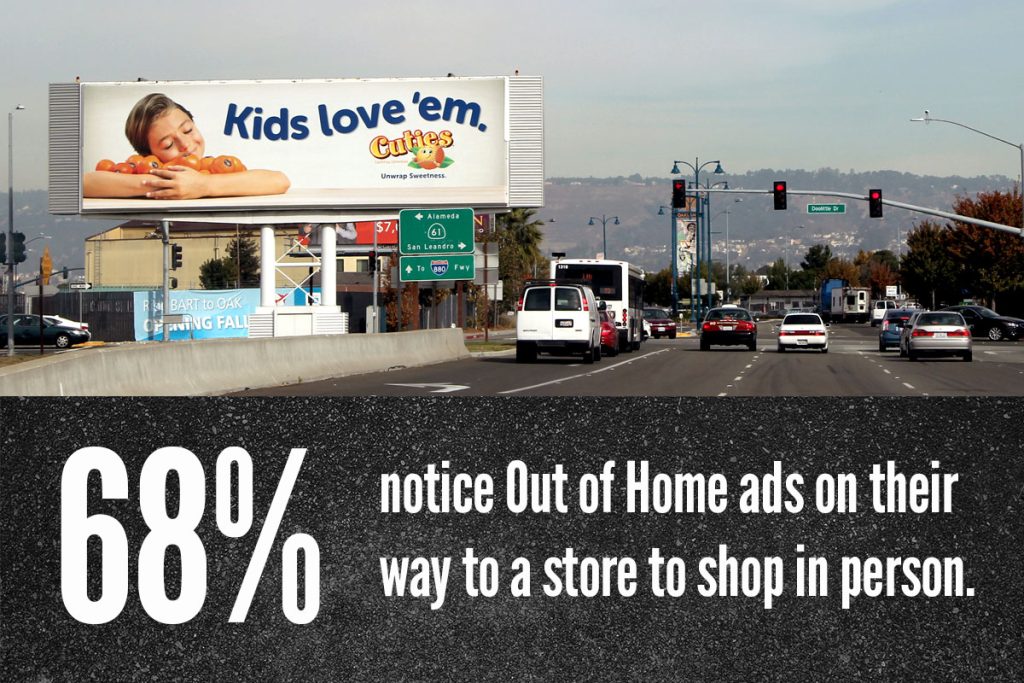
Over two-thirds of consumers notice Out of Home ads when they go out shopping. And as we always say, the media is big, bold, and unskippable. It makes an impression. It also influences purchase decisions, with almost half saying that OOH ads will influence their in-store purchase.
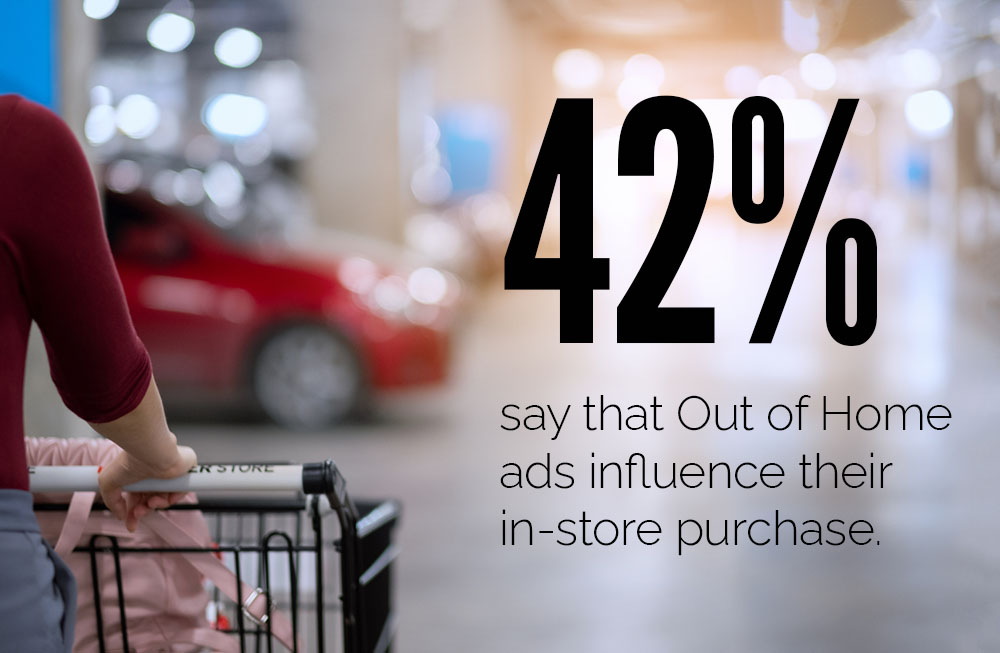
Oh, and by the way – you can now reach them at the last second, right at the point of sale with these lovely E.V. charging stations.
Where do we go from here?
This isn’t meant to disparage any other media channels, online or otherwise. A fully realized media plan must reach consumers at multiple points. Depending on what research you are looking at anywhere from 50-70% of consumer journeys start online. (Out of Home also excels at driving online activity, btw, but that’s for another post)
What it should do is give us pause to stop and think about where consumers are really shopping, who is spending the money there, and how we can best reach them with the variety of tools available to us? In-person shopping is not going away. It is changing and adapting, and we need to change and adapt with it. Fortunately, Out of Home is an incredibly versatile and adaptable media format. But that’s a subject for another post…
Ready to optimize your advertising strategy for the modern shopper? Contact us today, and let’s revolutionize your retail experience together!
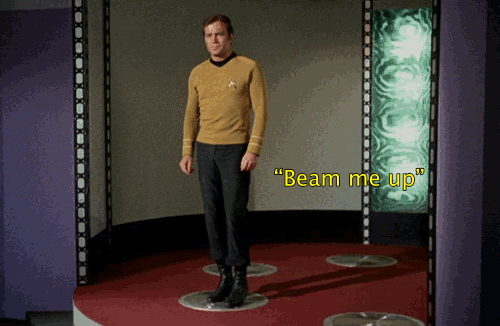
“Mr. Scott, set coordinates for the King of Prussia Mall!”

